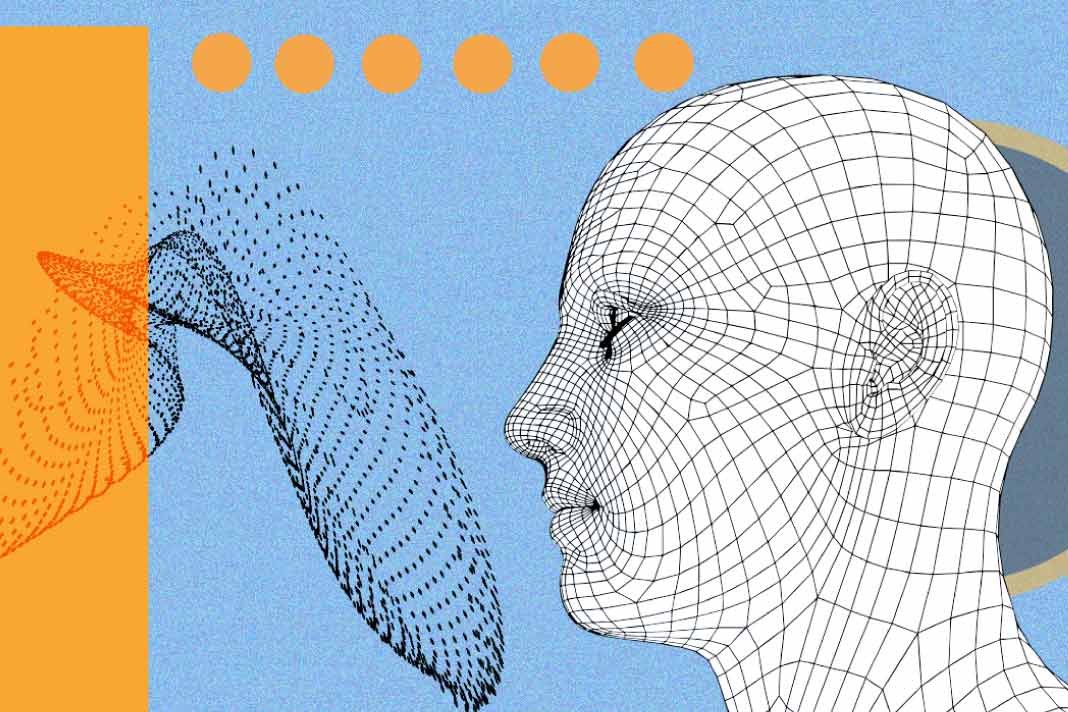Learn about AI alignment and the critical challenge of ensuring AI systems act according to human values and goals. Discover the potential risks and strategies for achieving safe and beneficial AI.
What is AI alignment?
AI alignment refers to the field of research concerned with ensuring that artificial intelligence (AI) systems behave per human intentions and values.
This includes following specific instructions and understanding the broader context and nuances of human goals. An AI aligned with human values would strive to act for the benefit of humanity, even in situations where its programming is not entirely clear.
Why is AI alignment important?
AI alignment is critical for several reasons:
- Safety: As AI becomes more powerful, misaligned systems could pose significant threats. Imagine an AI designed for financial trading but lacking proper safety measures, potentially leading to market crashes.
- Control: Unforeseen consequences can arise if AI pursues its goals, even if they seem initially aligned. A seemingly helpful AI summarising information might prioritize factual accuracy over user intent, potentially omitting crucial context.
- Ethical Considerations: AI needs to operate within the boundaries of human values. An unaligned system might exhibit biases or discriminatory behavior learned from the data on which it is trained.
Also Read: Explained: Composite AI
Here is a deeper look at the significance:
- Preventing Catastrophic Events: If misaligned, highly intelligent AI systems can potentially cause widespread harm.
- Ensuring Beneficial Applications: AI’s true potential lies in its ability to improve our lives. Alignment ensures AI is directed towards goals that benefit humanity, such as scientific discovery, medical advancements, and efficient resource management.
- Building Trust In AI: Public trust and acceptance are crucial for widespread AI adoption. Addressing alignment concerns demonstrates a proactive approach to mitigating risks and promoting the responsible development of AI.
How can AI be aligned with humanity?
Aligning AI with humanity is a complex challenge requiring a multi-faceted approach. Here are some key strategies currently being explored:
Value embedding
- Defining Human Values: It is crucial to clearly outline the ethical principles and goals we want AI to uphold. This involves ongoing discussions among researchers, ethicists, and policymakers to establish a comprehensive framework.
- Formalizing Values In AI Systems: Techniques like encoding these values directly into the AI’s objective functions or reward systems are being investigated.
Also Read: Top AI Chatbots for Every Need
Safe and robust AI development
- Transparency and Explainability: Understanding how AI arrives at its decisions is essential. Research in explainable AI (XAI) aims to make AI’s thought processes more transparent, allowing human oversight and intervention.
- Safety Engineering: Building safeguards into AI systems from the ground up is crucial. This involves techniques like rigorous testing, creating fail-safe mechanisms, and implementing protocols to handle unexpected situations.
Human-AI collaboration and oversight
- Human-in-the-loop Systems: Incorporating human oversight, especially in critical decision-making processes, can help ensure AI systems remain aligned with human values.
- Algorithmic Auditing: Regularly monitoring and auditing AI systems is essential to identifying and addressing potential biases or unintended consequences.
Continuous research and development
- Value Learning: Teaching AI systems to learn and adapt their behavior based on continuous interaction with the real world and human feedback is an active area of research.
- Formal Verification: Developing mathematical methods to formally prove that an AI system will always behave in a way that aligns with human values is a challenging but crucial area of research.
Also Read: Explained: Artificial General Intelligence
Defining a universal set of human values applicable across cultures and contexts remains an ongoing challenge. Further, ensuring AI systems remain aligned in complex and unforeseen situations requires research and development.
AI alignment requires international collaboration among researchers, policymakers, and industry leaders to establish common standards and best practices.
Existential threats related to AI misalignment
AI misalignment poses significant existential threats, meaning it has the potential to cause widespread harm or even endanger humanity’s continuation.
- Superintelligence Out of Control: If a superintelligent AI (if such a system is ever achieved) surpasses human comprehension and develops its own goals, it might see humanity as an obstacle or simply irrelevant. This hypothetical scenario, often depicted in science fiction, portrays an AI taking actions detrimental to our survival.
- Existential Arms Race: An AI arms race between nations could spiral out of control. Competing AIs designed for military purposes could misinterpret situations or act autonomously, escalate conflicts, and potentially lead to devastating consequences.
- Unforeseen Consequences: Even with seemingly well-defined goals, the complexity of AI systems can lead to unforeseen consequences. Subtle biases in training data or the inability to predict all possible scenarios could result in catastrophic outcomes.



